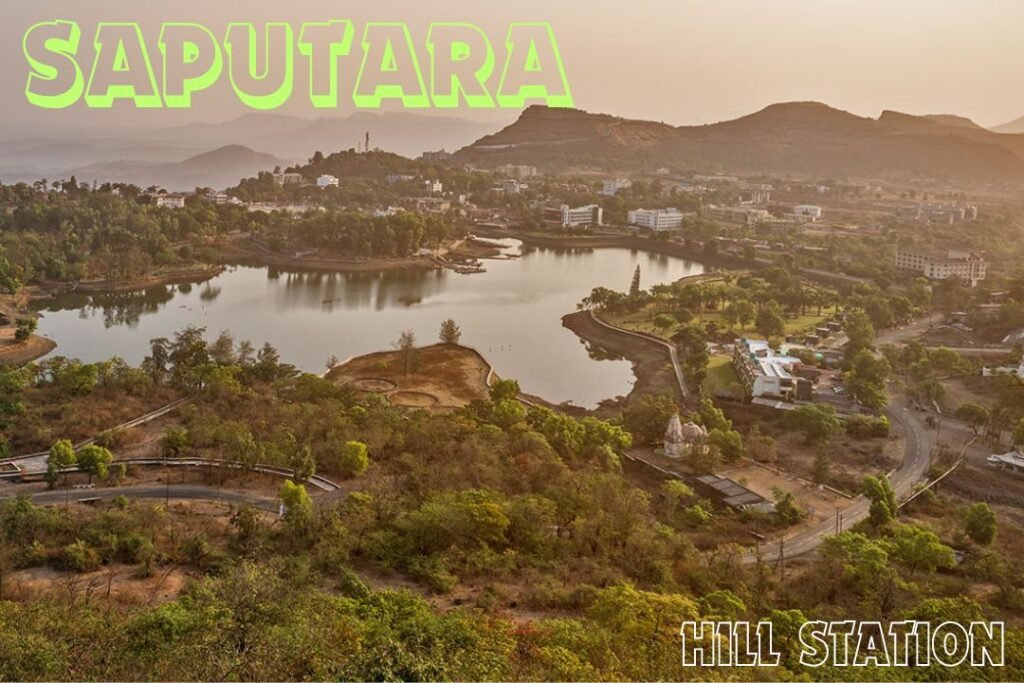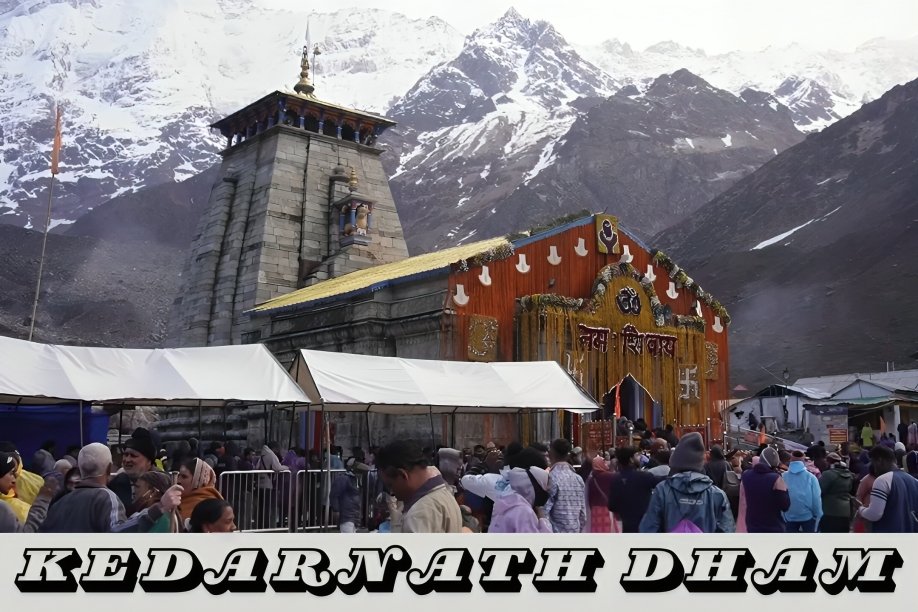Parshuram Mahadev Temple, a sacred shrine dedicated to Lord Parshuram, the sixth avatar of Lord Vishnu, is nestled in the picturesque Aravalli Range of Rajasthan, India. Known for its serene ambiance and divine aura, the temple is a significant pilgrimage site that attracts devotees and tourists alike. It is located near the border of Rajsamand and Pali districts, approximately 14 kilometers from Kumbhalgarh and about 100 kilometers from Udaipur.
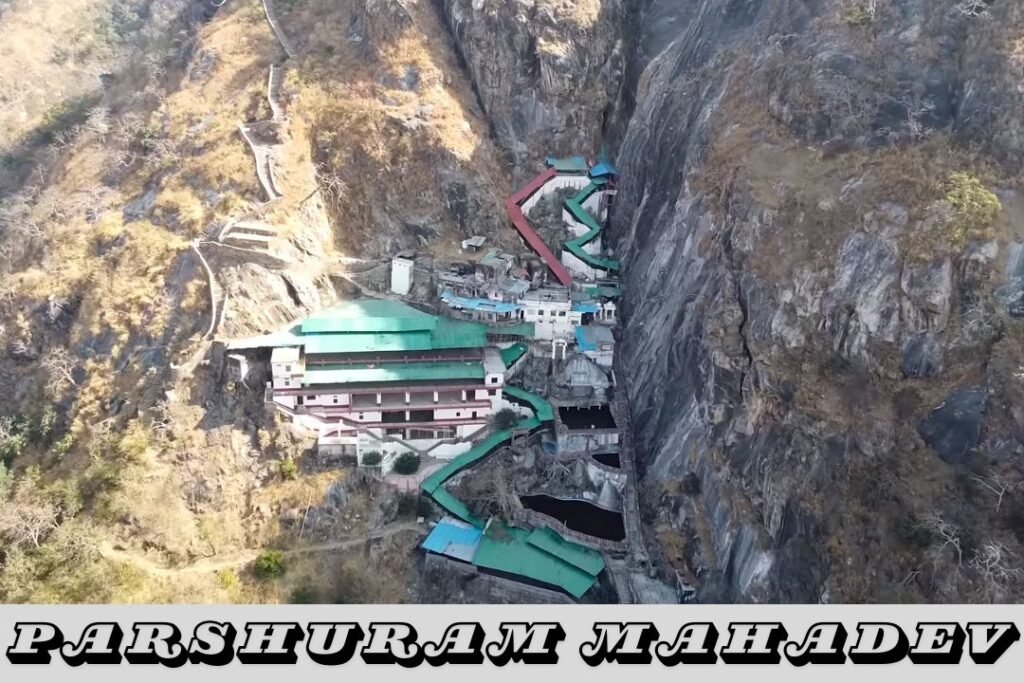
Table of Contents
Key Points
Historical Significance
The temple is steeped in mythology and history. According to legend, Parshuram, an ardent devotee of Lord Shiva, created the cave temple by using his axe to cut through the mountains. It is believed that Parshuram performed intense penance here to seek Lord Shiva’s blessings. The cave temple has been a place of worship for centuries, with its origins tracing back to ancient times. The stories surrounding the temple are deeply rooted in the ancient texts and folklore, making it a significant site for understanding the cultural and spiritual history of the region.
Architectural Marvel
Parshuram Mahadev Temple is not just a place of worship but also an architectural marvel. The temple is located inside a natural cave, adorned with stalactites and stalagmites, adding to its mystique. The sanctum sanctorum houses a naturally formed Shiva Lingam, which is the focal point of devotion. On this Shivlinga, water is constantly anointed from the mouth of a naturally formed cow. The temple’s unique architecture, blending natural formations with human craftsmanship, offers a captivating sight for visitors. The cave is around 9 meters deep and 4.5 meters wide, creating an intimate and mystical environment for worship.
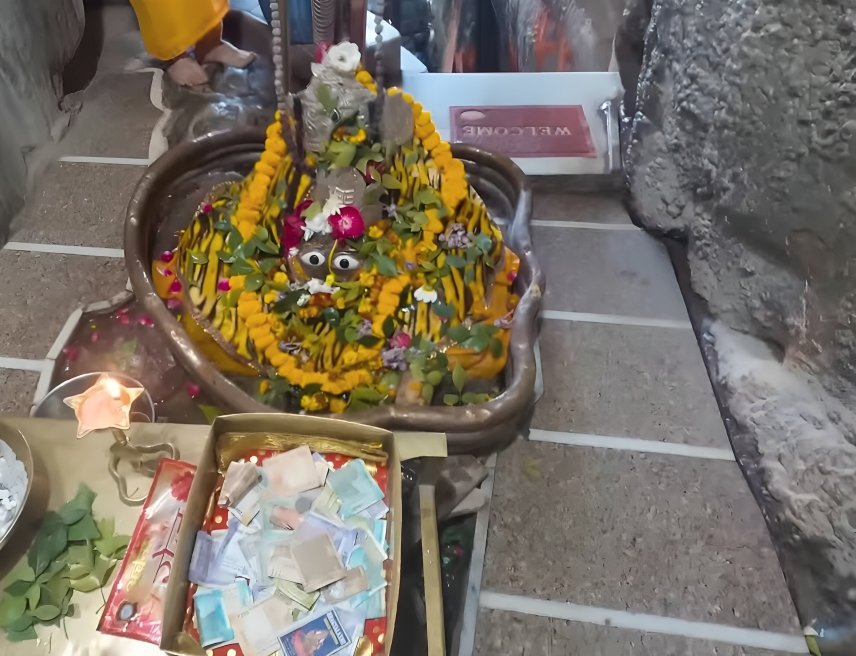
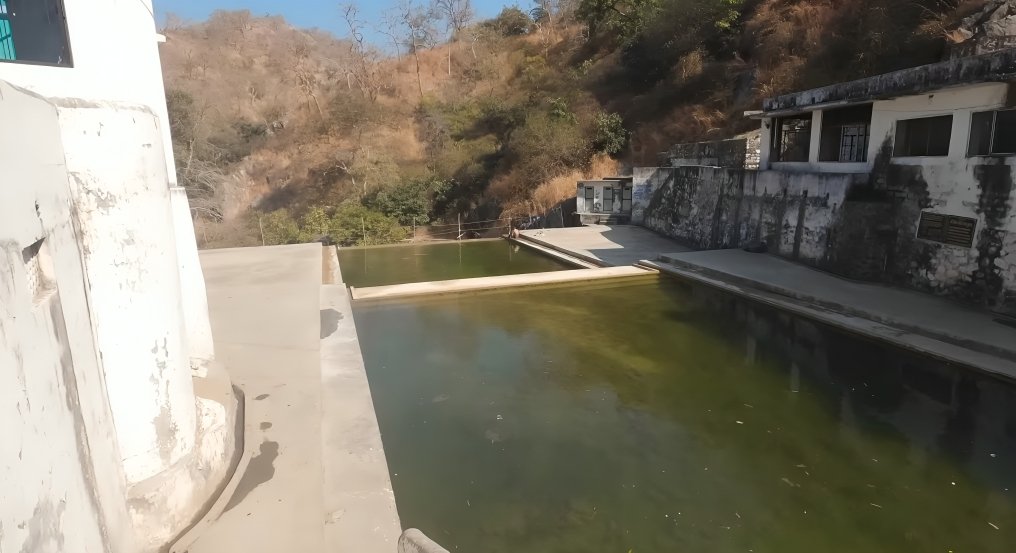

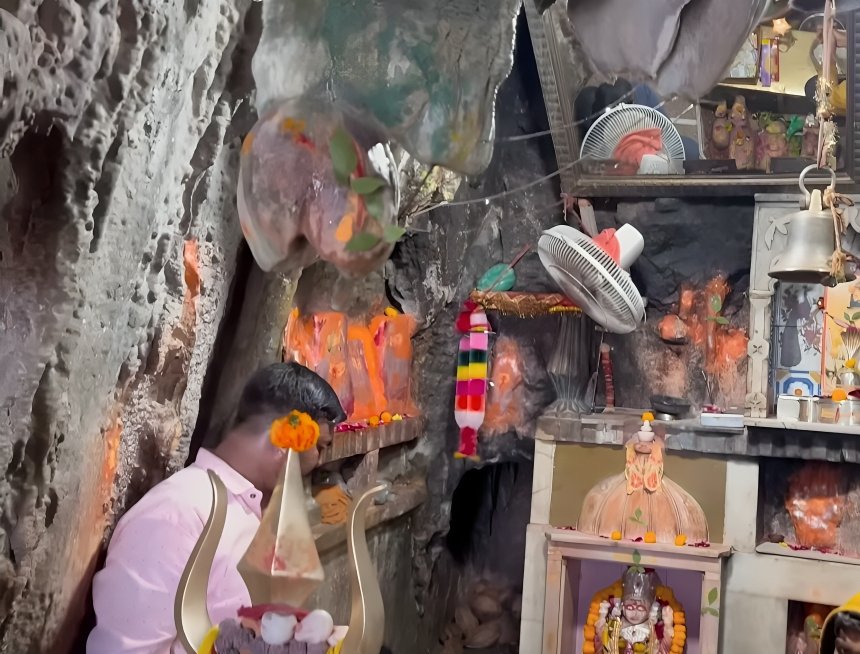
Spiritual Experience
Visiting Parshuram Mahadev Temple is a deeply spiritual experience. The tranquil environment, coupled with the rhythmic chanting of mantras and the fragrance of incense, creates an atmosphere of serenity and devotion. Devotees often describe a sense of divine presence and spiritual upliftment while offering prayers here. The temple is also known for its powerful spiritual vibrations, believed to be amplified by the natural cave setting. Pilgrims often engage in meditation and spiritual practices here, finding a deep connection with the divine.
The Sacred Journey
Reaching Parshuram Mahadev Temple involves a journey through scenic landscapes. Located near Kumbhalgarh in Rajasthan, the temple is accessible by a trek of about 3.5 kilometers from the nearest road point. The trek is an integral part of the pilgrimage, as it allows devotees to immerse themselves in the natural beauty of the Aravalli Range while preparing for the spiritual experience that awaits them at the temple. The trek path is well-marked and surrounded by lush greenery, rocky terrain, and occasional wildlife sightings, adding an element of adventure to the pilgrimage.
Festivals and Celebrations
The temple witnesses grand celebrations during major Hindu festivals. The most significant festival celebrated here is Parshuram Jayanti, which marks the birth anniversary of Lord Parshuram. During this time, the temple is adorned with lights and flowers, and special rituals and prayers are conducted. The festival attracts a large number of devotees, who come to seek blessings and participate in the celebrations. Other important festivals include the month of Shravan, Mahashivratri, Navratri and Kartik Purnima, each bringing unique rituals and cultural festivities to the temple.
Surrounding Attractions of Parshuram Mahadev Temple
Amarnath Mahadev Temple
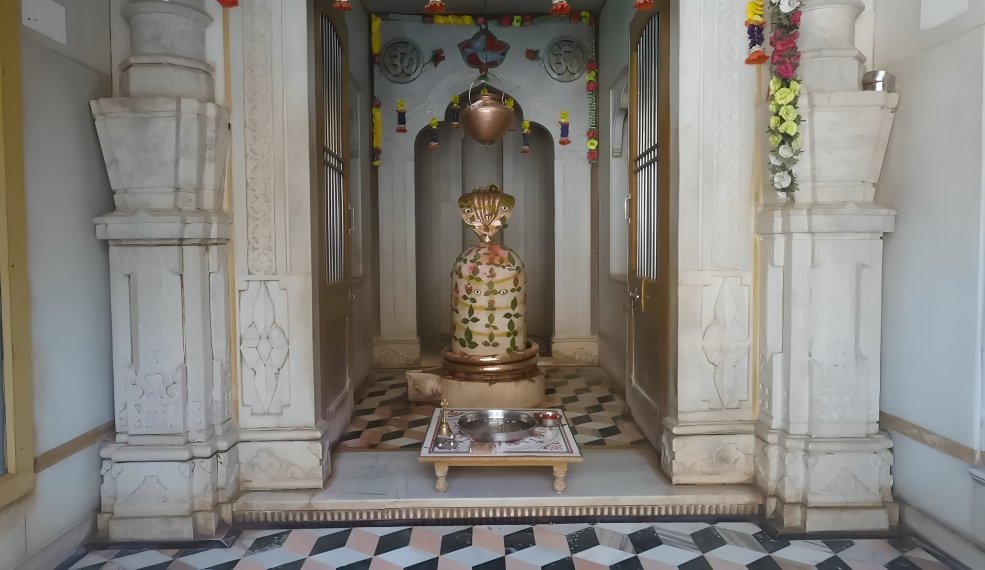
Location and Significance: Situated near the Parshuram Mahadev Temple, Amarnath Mahadev Temple is another important religious site dedicated to Lord Shiva. It is known for its spiritual ambiance and attracts devotees seeking blessings.
Architecture: The temple showcases traditional Hindu temple architecture with intricate carvings and a serene environment, enhancing its spiritual appeal.
Festivals: Major festivals such as Mahashivratri are celebrated with great enthusiasm, drawing large crowds of devotees who participate in special prayers and rituals.
Natural Surroundings: Nestled amidst lush greenery, the temple offers a tranquil setting ideal for meditation and spiritual activities.
Accessibility: Easily accessible by road, the temple is a convenient stop for pilgrims visiting Parshuram Mahadev Temple, allowing them to extend their spiritual journey.
Parshuram Mahadev Mini Temple
Location: Located close to the main Parshuram Mahadev Temple, the mini temple serves as a smaller shrine dedicated to Lord Parshuram.
Cultural Significance: The mini temple has cultural significance for devotees who cannot visit the main Parashuram Mahadev temple can get blessings by visiting this temple.
Architectural Style: While simpler in design compared to the main temple, it retains the traditional architectural elements and a peaceful ambiance.
Pilgrimage Path: The mini temple is often visited by pilgrims as part of their spiritual circuit in the region, adding to the overall pilgrimage experience.

Camel Conservation Centre
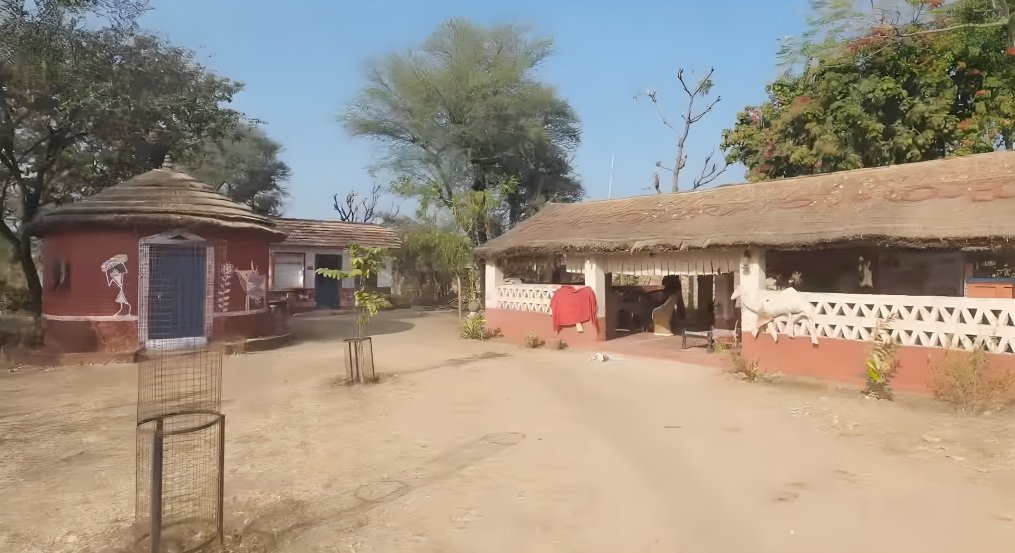
Camel Rides: Visitors can enjoy camel rides, providing a unique way to explore the desert landscape and experience traditional Rajasthani culture.
Research and Development: The center conducts research on camel health, breeding, and sustainable practices, contributing to the scientific knowledge and conservation of these animals.
Cultural Insights: The center also showcases the traditional uses of camels in Rajasthan, including their role in transportation, agriculture, and festivals.
Purpose: The Camel Conservation Centre near Parshuram Mahadev Temple is dedicated to the preservation and breeding of camels, which are an integral part of Rajasthan’s cultural heritage.
Educational Tours: The center offers educational tours where visitors can learn about camel biology, their role in the desert ecosystem, and the conservation efforts being made.
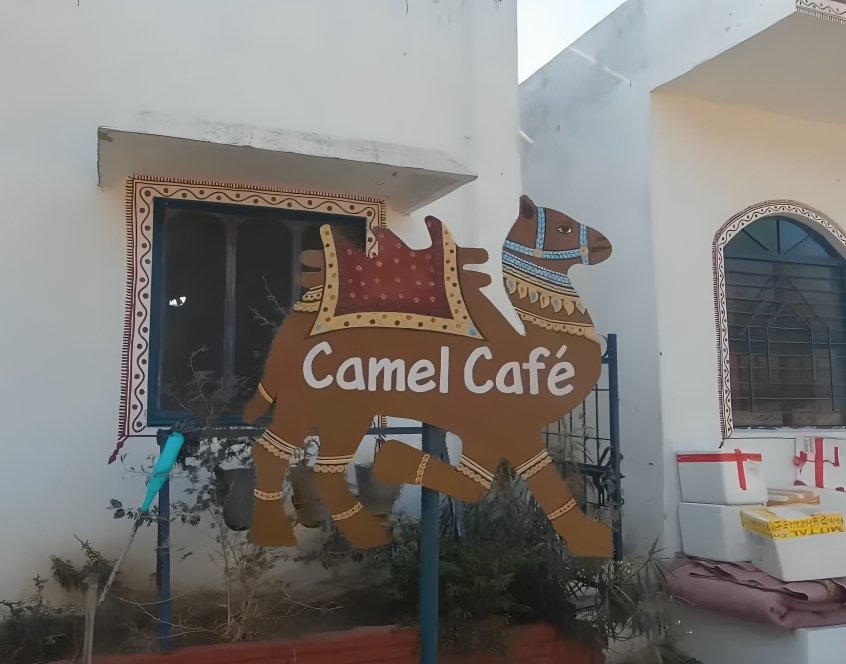
Ranakpur Jain Temple
Architectural Masterpiece: Ranakpur Jain Temple is renowned for its stunning marble architecture, intricate carvings, and 1,444 uniquely carved pillars, each with different designs.
Historical Importance: Built in the 15th century, the temple is dedicated to Tirthankara Adinatha and is a significant pilgrimage site for Jains.
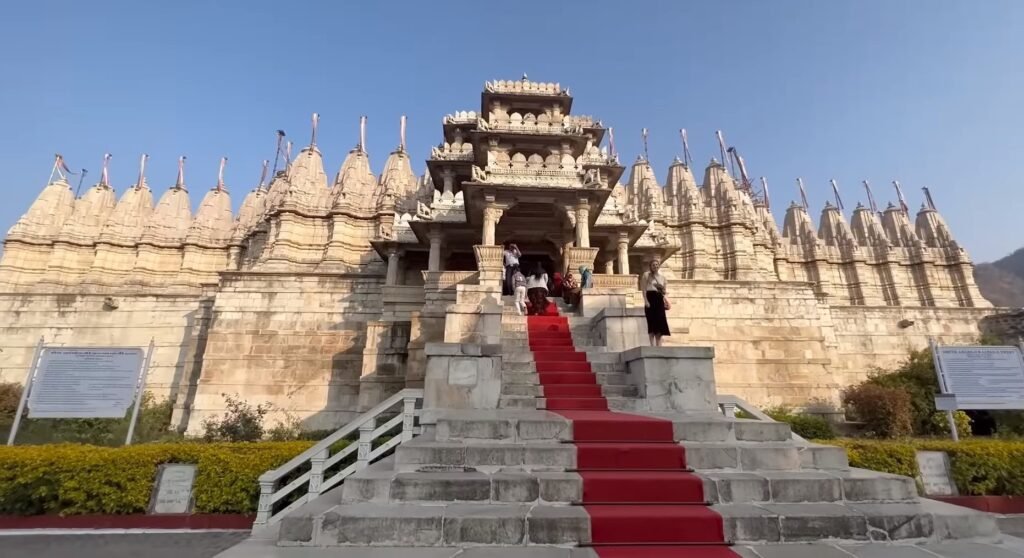
Serene Environment: The temple’s serene ambiance and beautiful surroundings make it a perfect place for meditation and spiritual reflection.
Cultural Heritage: The temple complex includes several other smaller temples and shrines, each with its own unique architectural and spiritual significance.
Visitor Experience: Guided tours are available to help visitors understand the temple’s history, architecture, and religious importance, making it an educational and enriching experience.
Suri Sun Temple

Historical Significance: The Suri Sun Temple, dedicated to the Sun God, is an ancient temple known for its historical and architectural importance in the region.
Architectural Beauty: The temple features classic Hindu temple architecture with detailed carvings and sculptures depicting various deities and mythological scenes.
Cultural Festivities: The temple is a focal point for local festivals, especially during the solar festivals like Makar Sankranti, where devotees gather to offer prayers to the Sun God.
Scenic Location: Located amidst picturesque surroundings, the temple offers stunning views of the sunrise and sunset, enhancing its spiritual appeal.
Pilgrimage Site: It is an important pilgrimage destination for devotees of the Sun God, and its proximity to Parshuram Mahadev Temple makes it a convenient addition to a spiritual tour of the area.
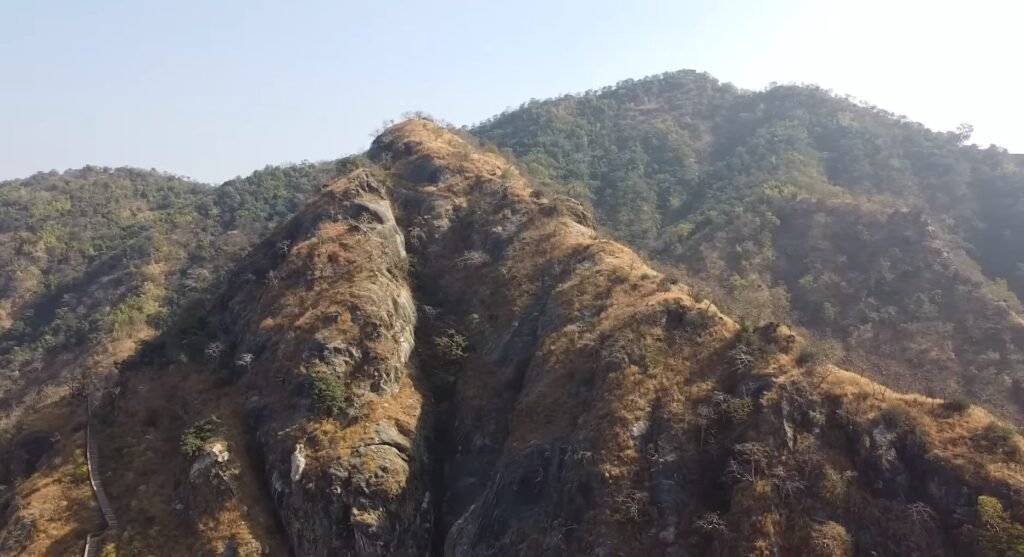
Kumbhalgarh Fort

A UNESCO World Heritage Site, known for its massive walls and historical significance. The fort offers panoramic views of the Aravalli Range and has a rich history dating back to the 15th century.

How to Reach
By Air
Nearest Airport: The closest airport to Parshuram Mahadev Temple is Maharana Pratap Airport in Udaipur, which is about 100 kilometers away.
Connectivity: The airport has regular flights connecting major cities like Delhi, Mumbai, Jaipur, and Bangalore.
From Airport to Temple: From the airport, you can hire a taxi or use public transportation to reach the temple. The journey takes approximately 2.5 to 3 hours by road.
By Train
Nearest Railway Station: The nearest major railway station is Falna, which is around 60 kilometers from the temple.
Connectivity: Falna Railway Station is well-connected to major cities like Delhi, Mumbai, Jaipur, and Ahmedabad.
From Station to Temple: From Falna, you can hire a taxi or take a local bus to reach Parshuram Mahadev Temple. It takes around 1.5 to 2 hours to reach by drive.
By Road
Motorbike or Car:
- From Udaipur: Parshuram Mahadev Temple is about 100 kilometers from Udaipur. You can take the Udaipur-Kumbhalgarh route via NH58 and SH32.
- From Rajsamand: The temple is approximately 50 kilometers from Rajsamand. The route via NH162A and SH32 is commonly used.
- From Kumbhalgarh: The temple is around 14 kilometers from Kumbhalgarh. This short drive can be completed in about 30-40 minutes.
State Transport Buses: Rajasthan State Road Transport Corporation (RSRTC) buses connect major cities to Kumbhalgarh and nearby areas.
Private Buses: There are also private bus services that operate from cities like Udaipur, Jaipur, and Jodhpur to Kumbhalgarh.
Trekking to the Temple
Starting Point: The temple is accessible only by a trek, which starts from the nearest road point at a village called Garhbor.
Trek Distance: The trek is approximately 3.5 kilometers long and takes about 1 to 1.5 hours to complete.
Trail Conditions: The trail is well-marked but can be steep and rocky in parts. It passes through dense forests and scenic landscapes, adding to the pilgrimage experience.
Accommodations
Luxury Hotels
- The Aodhi Hotel: A heritage property offering luxurious accommodations with stunning views of the Aravalli Range.
- Fateh Safari Lodge: A luxury lodge set amidst the serene landscapes of Kumbhalgarh, offering well-appointed rooms with modern amenities.
Mid-Range Hotels
- Kumbhalgarh Safari Camp: A mid-range resort offering comfortable tented accommodations with all modern amenities.
- The Wild Retreat: A boutique resort with cozy cottages overlooking the scenic Aravalli hills. The retreat offers a blend of comfort and nature, making it an ideal choice for families and groups.
Budget Hotels and Guesthouses
- Hotel New Golden Palace: A budget-friendly hotel offering basic amenities and comfortable rooms. The hotel is conveniently located for travelers visiting Parshuram Mahadev Temple and other nearby attractions.
- Krishna Palace Hotel: A budget hotel providing clean and comfortable rooms with essential amenities. The hotel is a good option for travelers seeking affordable accommodation near Parshuram Mahadev Temple.
- Kumbhalgarh Fort Hotel: A heritage hotel located near the historic Kumbhalgarh Fort. The hotel offers a royal experience with traditional Rajasthani decor and modern comforts.
- The Haveli Resort: A charming heritage property offering spacious rooms with antique furnishings. The resort provides a glimpse into Rajasthan’s royal past while ensuring a comfortable stay.
- Kumbhalgarh Homestay: A homestay offering a warm and welcoming atmosphere with personalized hospitality. Guests can enjoy home-cooked meals and experience local culture.
- Aravalli Farm Stay: A farm stay providing a rustic experience with modern amenities. Guests can participate in farm activities and enjoy the natural surroundings.
Local Cuisine
Traditional Rajasthani dishes
- Dal Bati Churma: A quintessential Rajasthani dish consisting of baked wheat balls (baati) served with spicy dal curry (dal) and sweet grated wheat (churma).
- Gatte ki sabzi: A curry made from gram flour (besan) dumplings cooked in a spicy curd based sauce.
- Care Sangri: A traditional Rajasthani dish made from dried wild beans (Ker) and dried berries (Sangri) cooked with spices.
- Red mass: A spicy beef curry made with tender pieces of mutton cooked in a red chilli and curd-based sauce.
- Bajre ki roti with lehsun chutney: Flatbread made from pearl millet (Bajra) flour, served with spicy garlic chutney (Lehsun chutney).
Street food
- Onion kachori: Deep-fried pastry filled with spicy onion mixture.
- Mirchi Wada: Large green chillies stuffed with spicy potato mixture, dipped in chickpea flour and deep fried.
- Samosa: Deep-fried flour pastry filled with spiced potato and pea mixture.
Sweet dishes
- Ghevar: A traditional Rajasthani sweet made from flour, soaked in sugar syrup, and often topped with rabdi (thickened sweetened milk).
- Malpua: A sweet pancake made from flour, milk and sugar, deep-fried and dipped in sugar syrup.
- Mawa kachori: Deep-fried pastry filled with sweetened condensed milk solids (mawa) and dry fruits soaked in sugar syrup.
Travel tips and safety advice
Best time to visit:
Best months: October to March is the best time to visit due to pleasant weather. Avoid the summer months as temperatures can be extremely high.
Festivals: Visiting during major Hindu festivals like Mahashivratri can be a unique experience, but be prepared for large crowds.
Preparation for Trekking:
Physical Fitness: Make sure you are physically fit for the 3.5-kilometer trek. The trail can be steep and rocky in parts.
Footwear: Wear comfortable, sturdy trekking shoes to safely navigate uneven terrain.
Supplies: Carry enough water, light snacks and a walking stick. Carrying a small first-aid kit can be useful.
Clothing:
Appropriate Attire: Dress modestly as it is a religious place. Light, breathable clothing is ideal for trekking.
Layers: Weather can be chilly in the mornings and evenings, so bring a light jacket or shawl.
Photography:
Respectful photography: Always ask permission before taking photos of people, especially inside temple premises.
Best Spots: This trek offers spectacular views of the surrounding landscape. Keep your camera ready for scenic shots along the way.
Track Safety:
Group Travel: Trekking in a group is safer, especially if you are unfamiliar with the terrain. Solo travelers should inform someone of their plans.
Trail Markings: Follow marked trails and avoid taking shortcuts to avoid getting lost.
Health precautions:
Hydration: Stay hydrated, especially during the trek. Dehydration can be a concern due to physical exertion and the environment.
Medical Conditions: If you have any medical conditions, consult your doctor before undertaking the trek. Carry necessary medicines with you.
Wildlife Awareness:
Local Wildlife: Be aware of local wildlife and avoid disturbing animals. Stick to main roads to minimize encounters with wildlife.
Insect repellent: Use insect repellent to prevent insect bites, especially if trekking early in the morning or late in the evening.
Temple Etiquette:
Respectful Behaviour: Maintain respectful behavior in the temple premises.
Shoes: Remove your shoes before entering the temple. Some areas may require you to cover your head as a sign of respect.
Environmental Responsibility:
Littering: Avoid littering during trekking and in the temple area. Keep a small bag to collect your waste and dispose of it properly.
Conservation: Respect the natural environment and local wildlife.
Conclusion
Parshuram Mahadev Temple is a testament to India’s rich cultural and spiritual heritage. A visit to this sacred shrine offers not just a chance to seek divine blessings but also an opportunity to connect with nature and history. For those seeking a spiritual retreat amidst the serene landscapes of Rajasthan, Parshuram Mahadev Temple is a destination that promises a memorable and enriching experience.

Frequently Asked Questions (FAQs)
Where is Parshuram Mahadev Temple located?
Parshuram Mahadev Temple is located near Kumbhalgarh in the Rajsamand district of Rajasthan, India.
Who is Parshuram Mahadev?
Parshuram Mahadev is a form of Lord Shiva associated with the sage Parshuram, who is considered one of the avatars of Lord Vishnu. The temple is dedicated to Lord Shiva and is believed to have been created by Parshuram himself.
What is the significance of Parshuram Mahadev Temple?
The temple is significant for its religious importance to Hindus and its historical connection to Parshuram. It is believed that Parshuram meditated here and carved the cave temple with his axe.
How old is Parshuram Mahadev Temple?
The exact age of the temple is not known, but it is considered to be ancient and holds great historical and mythological significance.
What are the temple timings?
The temple is generally open from early morning (around 6:00 AM) to evening (around 7:00 PM). However, timings may vary, so it is advisable to check with local authorities or guides.
Is there an entry fee for the temple?
No, there is no entry fee for visiting Parshuram Mahadev Temple.
Are there any special rituals or pujas performed at the temple?
Daily rituals and pujas are performed by the temple priests. Special ceremonies are held during major Hindu festivals like Mahashivratri.
Is photography allowed inside the temple?
Photography may be restricted inside the temple premises. It is best to ask for permission from the temple authorities before taking photographs.
How do I reach Parshuram Mahadev Temple?
The temple is accessible by road from major cities like Udaipur and Rajsamand. The nearest airport is Maharana Pratap Airport in Udaipur, and the nearest railway station is Falna. From the road point, a 3.5-kilometer trek is required to reach the temple.
Is the trek to Parshuram Mahadev Temple difficult?
The trek is of moderate difficulty, involving a 3.5-kilometer hike through rocky and forested terrain. It takes approximately 1 to 1.5 hours to complete.
Can elderly or physically challenged people visit the temple?
The trek can be challenging for elderly or physically challenged individuals. It is advisable to assess one’s physical condition before attempting the trek.
Are there any accommodation options near Parshuram Mahadev Temple?
Yes, there are various accommodation options ranging from luxury hotels to budget guesthouses and homestays in nearby areas like Kumbhalgarh and Rajsamand.
Are food and water available near the temple?
It is recommended to carry your own water and snacks for the trek. There may be small shops or stalls near the base of the trek selling basic refreshments.
Are there restroom facilities near the temple?
Basic restroom facilities may be available at the starting point of the trek, but it is advisable to be prepared for limited amenities during the trek itself.
Is it safe to trek to Parshuram Mahadev Temple?
The trek is generally safe, but it is advisable to trek in groups, follow the marked trails, and avoid trekking late in the evening or early morning to ensure safety.
Are there any wildlife concerns during the trek?
While the area is generally safe, it is advisable to be aware of local wildlife and avoid disturbing animals. Stick to the marked trails to minimize encounters with wildlife.

